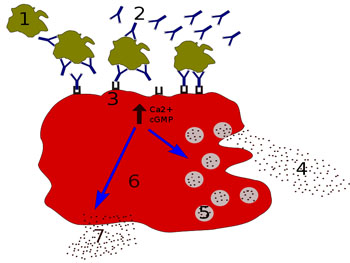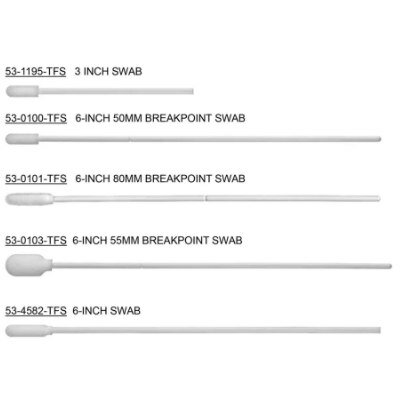Guide Helps Physicians Diagnose and Manage Food Allergies
By LabMedica International staff writers
Posted on 12 Sep 2016
Based on recent evidence from guidelines, randomized controlled trials, and other research, a new review aims to provide physicians with a guide to help diagnose and manage food allergies in children and adults. It outlines common symptoms, causes, diagnosis, treatment, management, and immunization guidelines.Posted on 12 Sep 2016
Food allergy involves an immune response that can be reproduced; it is different from food intolerance, such as lactose intolerance and other nonimmune reactions. Skin reactions are most common in allergy, along with respiratory and other multiorgan symptoms. Diagnosis can be difficult, and usually involves a clinical history combined with diagnostic testing, such as skin-prick tests and measurement of serum food-specific IgE levels. An oral food challenge supervised by an allergy specialist is the gold standard, but takes time and can result in anaphylactic reactions.

Image: Allergy degranulation processes: 1 - antigen; 2 - IgE antibody; 3 - FcεRI receptor; 4 - preformed mediators (histamine, proteases, chemokines, heparine); 5 - granules; 6 - mast cell; 7 - newly formed mediators (prostaglandins, leukotrienes, thromboxanes, PAF) (Image courtesy of Paweł Kuźniar / Wikimedia).
"There is no standardized step-wise approach to testing," wrote review authors Dr. Elissa Abrams, University of Manitoba (Winnipeg, Manitoba, Canada) and Dr. Scott Sicherer, Icahn School of Medicine at Mount Sinai (New York, NY, USA), "Skin testing, serum food-specific IgE testing or both may be used to evaluate IgE-mediated food allergies."
They caution that food avoidance owing to perceived food "sensitivities" can cause people to eliminate important foods from their diets, resulting in nutritional deficiencies. "Food-specific [IgG] testing is being increasingly used to identify food "sensitivities,"" they stated, "This testing has not been validated nor supported by research."
The review, by Abrams EM and Sicherer SH, was published ahead of print September 6, 2016, in the Canadian Medical Association Journal (CMAJ).
Related Links:
University of Manitoba
Icahn School of Medicine at Mount Sinai














